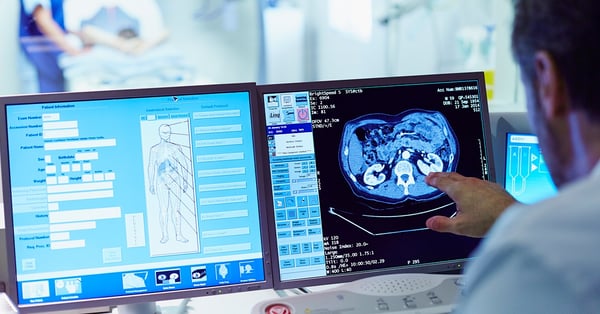
In the ASEAN region, changes in medical imaging are experiencing two (2) key drivers:
- The transition from film-based imaging to filmless imaging (computed radiography/direct radiography), and
- The expansion/increase of availability of previously experimental/high-end modalities, such as cardiac angiography, positron emission tomography (PET/CT), etc.
As with all technological advancements, changes in medical imaging are also facing economic challenges such as increasing costs, increasing competition, and obsolescence. This interrelation of economics and technology also affects consumer/patient choices, most notably in the consideration of overall quality of service.
In the aspect of training, it is absolutely necessary to ensure that staff in the medical imaging departments are updated on the latest trends in radiation protection/safety, optimisation of digital image quality, and quality assurance/control.
This is advantageous from two points of view: the safety point of view, wherein the hazard risk is greatly reduced; and the economic point of view, wherein the service life of the equipment is lengthened, in many cases by 30%.
Managing Risk and Maximising Equipment Performance
Facilities need to prepare an action plan to ensure that their investments in digital imaging are adequately protected. The IEC standards, for example, are being updated to reflect current developments in the field, including more sensitive detectors and lower radiation doses.
The risks associated with change in technology can obviously be mitigated through training, but other methods of risk control include a comprehensive quality assurance (QA) programme, with regular quality control checks in place, to ensure that proper service and maintenance is given to such high investment equipment.
Contrary to popular belief, a good QA programme, frequently reviewed, can save a large amount of money in terms of increased up-time per year, guaranteeing revenue, enhancing safety and reducing the risk of malpractice litigation.
Testing and Certification is an Investment
There are two schools of thought regarding testing and certification in developing economies.
The first school of thought is based on the limited notion that not spending on testing and certification is money saved. This school of thought does not consider the risks involved, both financially and safety-related. One ends up spending a lot more money in the long run due to damaged equipment, voided warranties, litigation, etc.
The second school of thought is based on the premise that testing and certification is an investment, and the returns are measured in terms of increased up-time, longer equipment life, and accidents avoided.
TÜV Rheinland is one of the biggest certification bodies with extensive experience in medical device testing and certification. Any stakeholder choosing TÜV Rheinland as a partner stands to benefit from this rich experience and the economic advantages mentioned above.
Damaged equipment, voided warranties, litigation are just some of the risks that one may face without proper testing and certification. The consumers, patients, and general public can also enjoy the advantages derived from properly tested and certified medical devices properly tested and certified, including enhanced quality of service, reduced exposure risks, and lower accident probability, to name a few.
For more information, speak with our experts:



